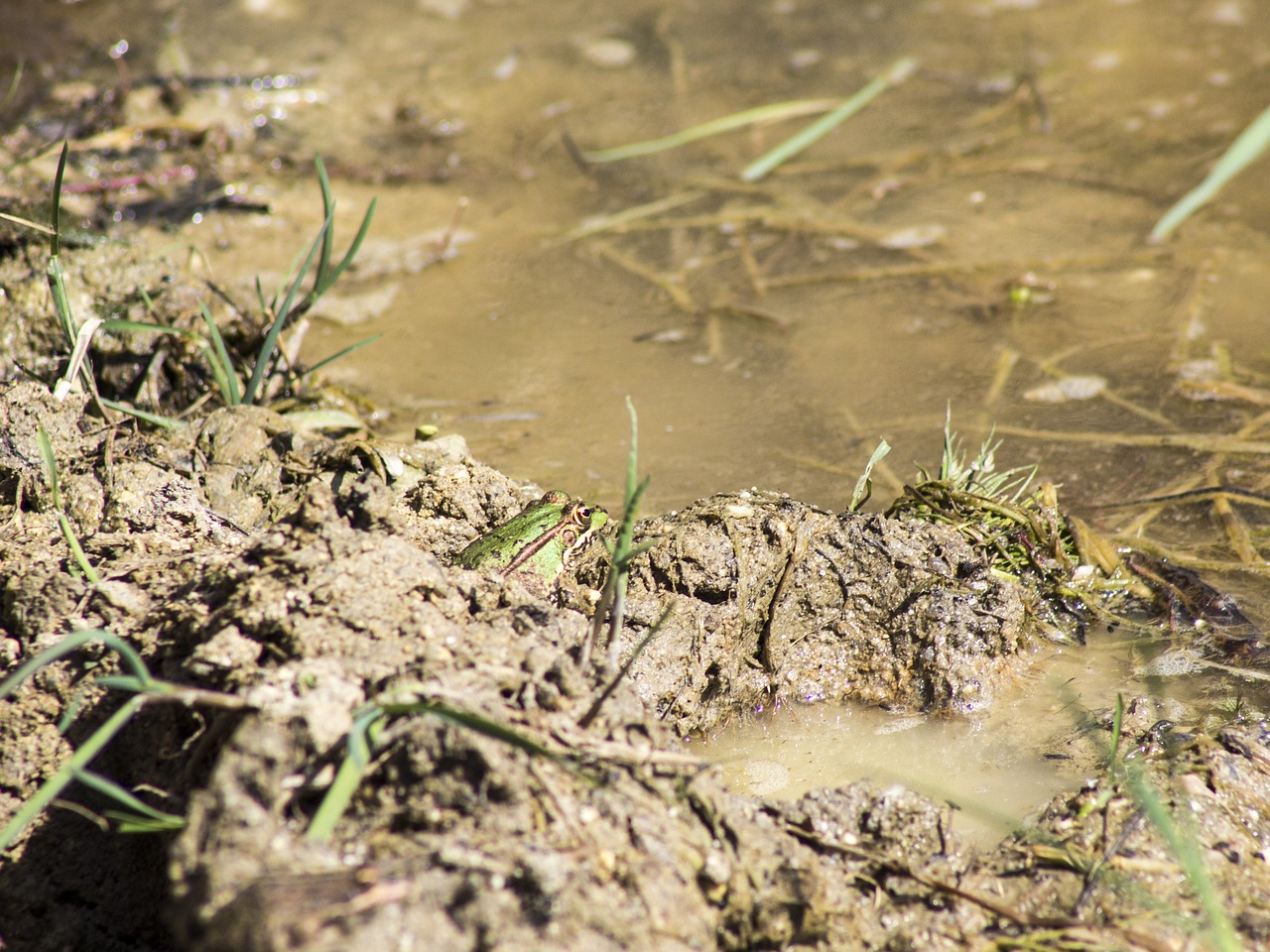
In response to the recent flooding in Surrey, health officials have issued guidance on the potential health risks associated with floodwater.
Ruth Hutchinson, Director of Public Health for Surrey, emphasised the ongoing dangers even after the immediate threat of flooding has subsided.
She said: “While the immediate and urgent danger of flooding may have subsided, it is essential that people are aware of the ongoing health risks.
“Floodwater can contain harmful pollutants or contaminants hazardous to human and animal health, for example from sewage, which may lead to skin or gut infections through contact.
“If it is not possible to avoid exposure to floodwater then we would urge them to take measures to keep themselves safe during the clean-up phase.”
A full list of guidance can be found at Flooding and health: advice for the public This has been summarised below.
Safety measures
To ensure the safety of individuals and families during the cleanup, the following safety measures are recommended:
- Protective Gear: Wear rubber boots, protective overalls, aprons, and gloves to prevent exposure to harmful contaminants.
- Hand Hygiene: Wash hands with warm water and soap after contact with floodwater. Attend to cuts or sores promptly and use waterproof plasters.
- Water Disruption: Use bottled water for handwashing if there is water disruption.
- Electrical and Gas Safety: Do not turn on appliances until checked by a qualified technician.
How and what to wash
For minimising infectious disease risks, follow these steps:
- Laundry: Wash flood-exposed clothes separately on a hot cycle.
- Hard Surfaces: Use hot water and detergent to clean walls and flooring.
- Kitchen Hygiene: Disinfect all kitchen items before use. Discard contaminated wooden items.
Drying out and avoiding carbon monoxide poisoning
Proper ventilation is crucial to avoid carbon monoxide poisoning:
- Ensure heaters, dryers, or fires are well-ventilated.
- Use good ventilation with portable indoor heating appliances when drying indoor spaces.
- Avoid using fuel-driven generators indoors, as exhaust gases contain carbon monoxide.
- Heating, dehumidifiers, and good ventilation can help to dry out your home.
- If using gas or oil central heating, get it checked by a qualified engineer before turning it on. Keep the thermostat between 20°C and 22°C for steady drying.
- Look for any loose material or dust while your floorboards and walls continue to dry, vacuuming these areas on a regular basis.
- Remove dirty water and silt from the property. If you have wooden floors, check the space under the ground floor as the dirty water in this space may need to be pumped out.
- As your home continues to dry out, any mould should disappear. If it persists, please contact a specialist cleaner.
- Any items that have been discarded during the cleaning and drying process should be placed in rubbish bags and within hard bins.
Mental health
Recognising that the health implications of flooding are often linked to mental health and well-being, individuals struggling or concerned about loved ones are encouraged to access further support through their healthcare provider. Additional help and resources can be found at Flooding and health: advice for the public.
This form helps us improve the content and structure of our webpages only, and we cannot provide a response to any submission below.

